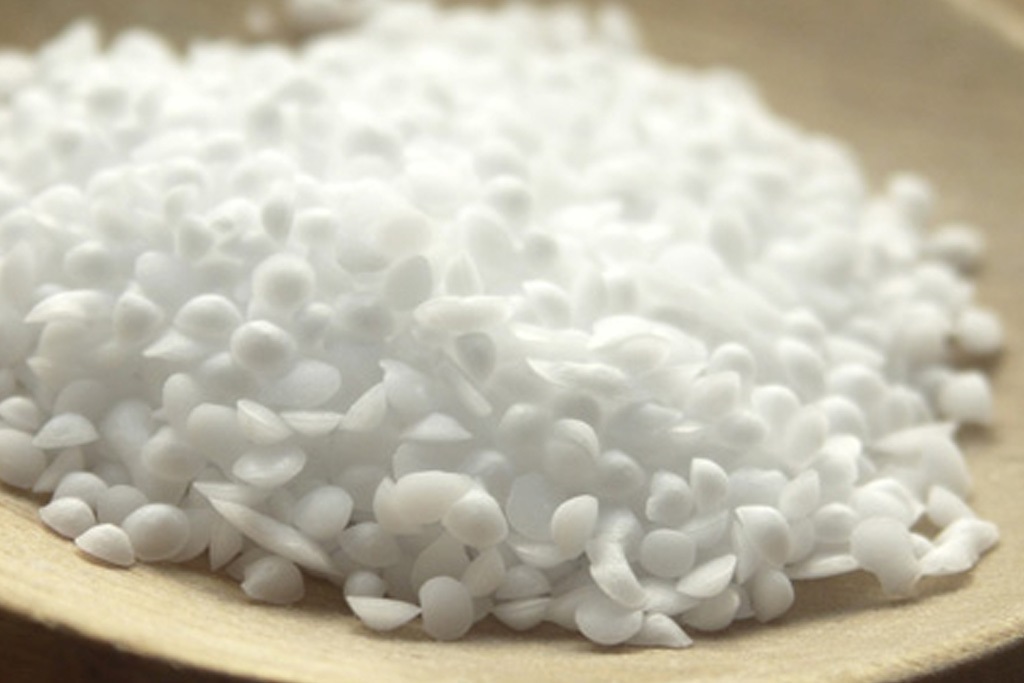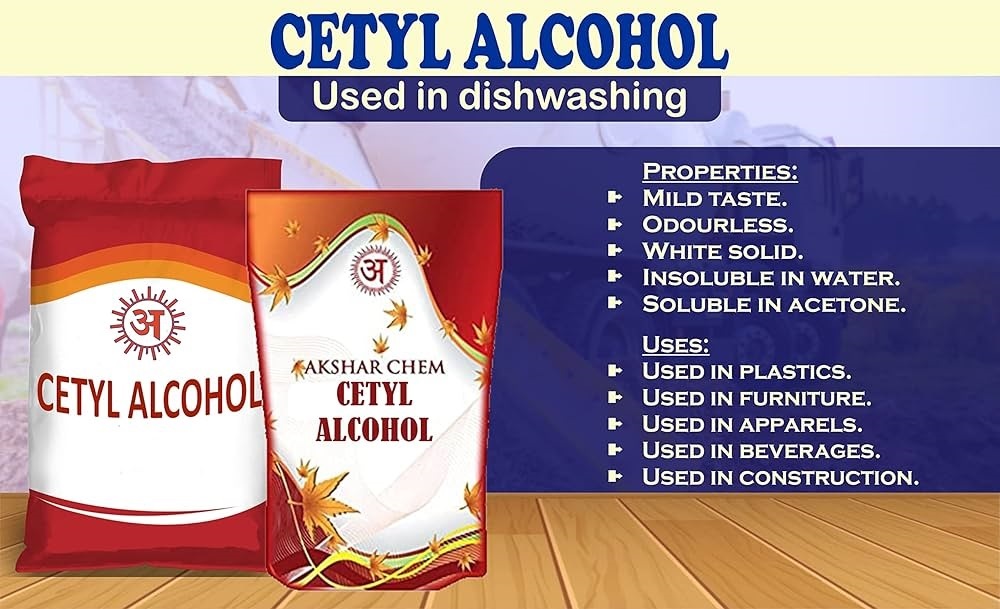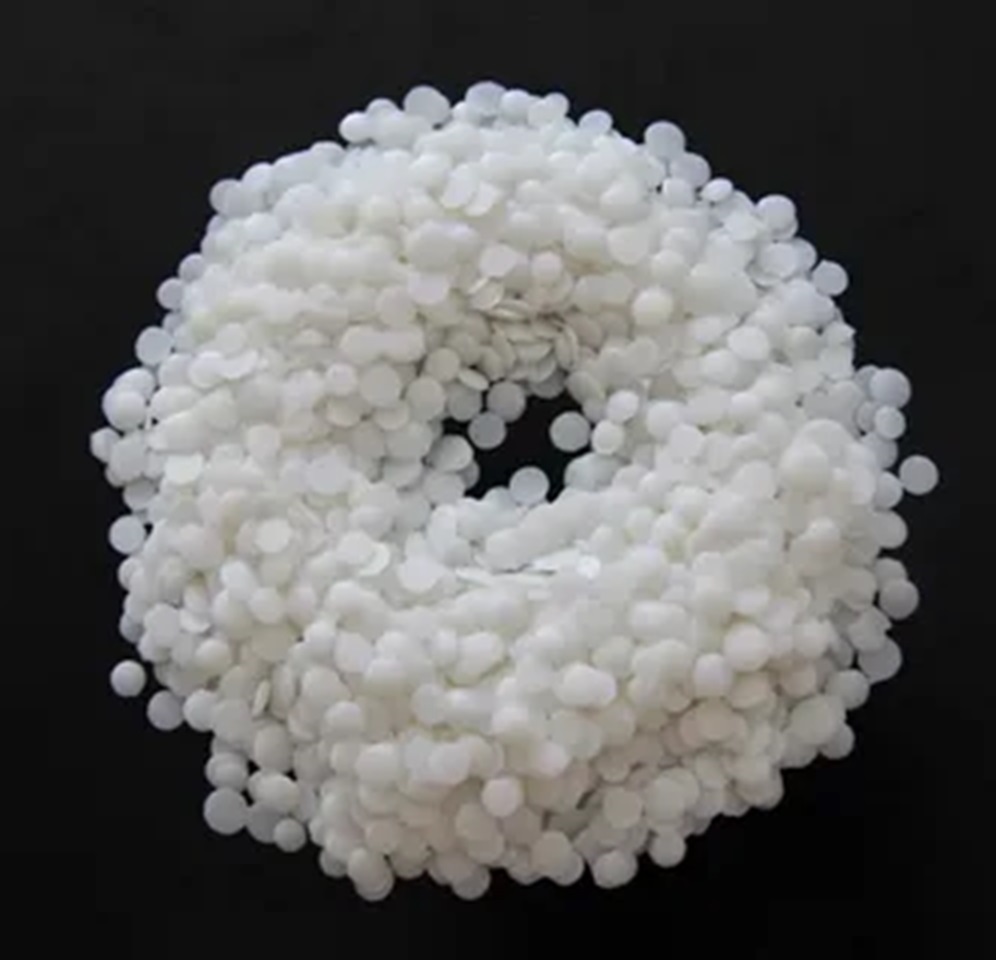We unleash your business potential by maximize the business innovation.
Send EmailCetyl Alcohol, Cetanol, Ethal, Ethol, Hexadecanol, Hexadecyl Alcohol, Palmityl Alcohol, 36653-82-4
🧴 Cetyl Alcohol – Technical Summary
CAS No: 36653-82-4 Chemical Formula: C₁₆H₃₄O Molar Mass: 242.44 g/mol
⚙️ Physical and Chemical Properties
-
🌡️ Melting Point: 49.3 °C
-
🔥 Boiling Point: 344 °C
-
⚡ Flash Point: 185 °C
-
⚖️ Density: 0.81 g/cm³
-
💧 Water Solubility: Insoluble
-
🍶 Soluble in alcohol, ether, chloroform
-
👁️ Appearance: White, waxy solid in flakes or pellets
-
🌸 Odor: Mild, clean, wax-like
-
🧪 Structure: Saturated long-chain primary fatty alcohol (C16)
🧴 Applications (Detailed)
Cosmetics & Personal Care – Used in creams, lotions, shampoos, conditioners, body butters, balms, and sticks – Functions as emulsifier, thickener, emollient, and slip agent
Food Industry – Multi-purpose food additive and flavoring agent – Used in decorative food applications
Pharmaceuticals – Excipient and thickener in ointments and cream bases
Industrial & Technical Uses – Lubricant for nuts and bolts – Stabilizer in paper and coating systems – Additive in cleaning and construction chemicals
🏭 Sector Compatibility Table
| Sector | Suitability | Notes |
|---|---|---|
| Cosmetics | ✅ High | Emulsifier, emollient, thickener |
| Food | ✅ Controlled | Flavoring and decorative additive |
| Pharmaceuticals | ✅ Suitable | Excipient in topical formulations |
| Cleaning Products | ✅ Supportive | Functional additive |
| Coatings & Building | ✅ Technical use | Stabilizer and lubricant |
| Metal/Manufacturing | ✅ Lubricant | Used in mechanical applications |
🧾 Synonyms
-
Cetyl Alcohol
-
Hexadecan-1-ol
-
Palmityl Alcohol
-
Hexadecyl Alcohol
-
Cetanol
-
Ethal
-
Ethol
-
Hexadecanol
🔄 Alternatives
-
Stearyl Alcohol (C18) – Higher melting point, similar cosmetic functions
-
Cetostearyl Alcohol – Blend of cetyl and stearyl, balanced performance
-
Myristyl Alcohol (C14) – Shorter chain, lighter formulations
-
Behenyl Alcohol (C22) – Firmer structuring in solid products
🏭 Production Method
-
Derived from natural sources (coconut oil, palm kernel oil) or synthesized
-
Produced via reduction of fatty acids to long-chain primary alcohols
-
Typically involves esterification and hydrogenation processes
⚠️ Hazard Information
-
🚫 Not classified as hazardous under EC 1272/2008
-
👁️ May cause mild eye irritation
-
🧴 Low risk of allergic reaction in sensitive skin
-
🧪 Considered dermatologically safe in cosmetic use
-
🧼 Vegan-friendly and biodegradable
📦 Storage Conditions
-
🌡️ Store in a cool, dry, moisture-free environment
-
🧃 Keep in sealed packaging, away from direct sunlight
-
🧯 Despite high flash point, avoid ignition sources
-
🧪 For food and cosmetic grades, follow GMP-compliant storage
🧴 Cosmetics & Personal Care – Cetyl Alcohol Applications
🌿 Functional Roles
-
Emulsifier Helps oil and water mix in creams and lotions, ensuring stable texture and shelf life.
-
Thickener / Viscosity Modifier Increases the body and richness of formulations, giving a luxurious feel.
-
Emollient Softens and smooths the skin by forming a protective barrier that reduces moisture loss.
-
Slip Agent Improves spreadability and glide in hair conditioners and skin creams.
-
Structuring Agent Provides firmness and shape in solid products like deodorant sticks, lip balms, and makeup pencils.
-
Stabilizer Enhances product consistency and prevents phase separation in emulsions.
💇♀️ Hair Care Products
-
Conditioners & Masks Adds creaminess, detangling effect, and smooth texture. Reduces static and frizz by coating the hair shaft.
-
Shampoos Used in sulfate-free or conditioning shampoos to improve texture and reduce harshness.
🧴 Skin Care Products
-
Moisturizers & Lotions Enhances skin feel, improves spreadability, and locks in hydration.
-
Body Butters & Creams Contributes to a rich, non-greasy finish with long-lasting softness.
-
Facial Cleansers Adds mildness and creaminess to cleansing emulsions.
💄 Decorative Cosmetics
-
Lipsticks & Balms Provides structure, glide, and moisture retention.
-
Foundation & BB Creams Improves texture, spreadability, and skin adherence.
-
Makeup Removers Adds emollient properties for gentle cleansing.
🧪 Formulation Benefits
-
Compatible with a wide range of emulsifiers, oils, and active ingredients
-
Stable across pH 4–8
-
Non-ionic, does not interfere with charged actives
-
Vegan and biodegradable
-
Low irritation potential, suitable for sensitive skin formulations


